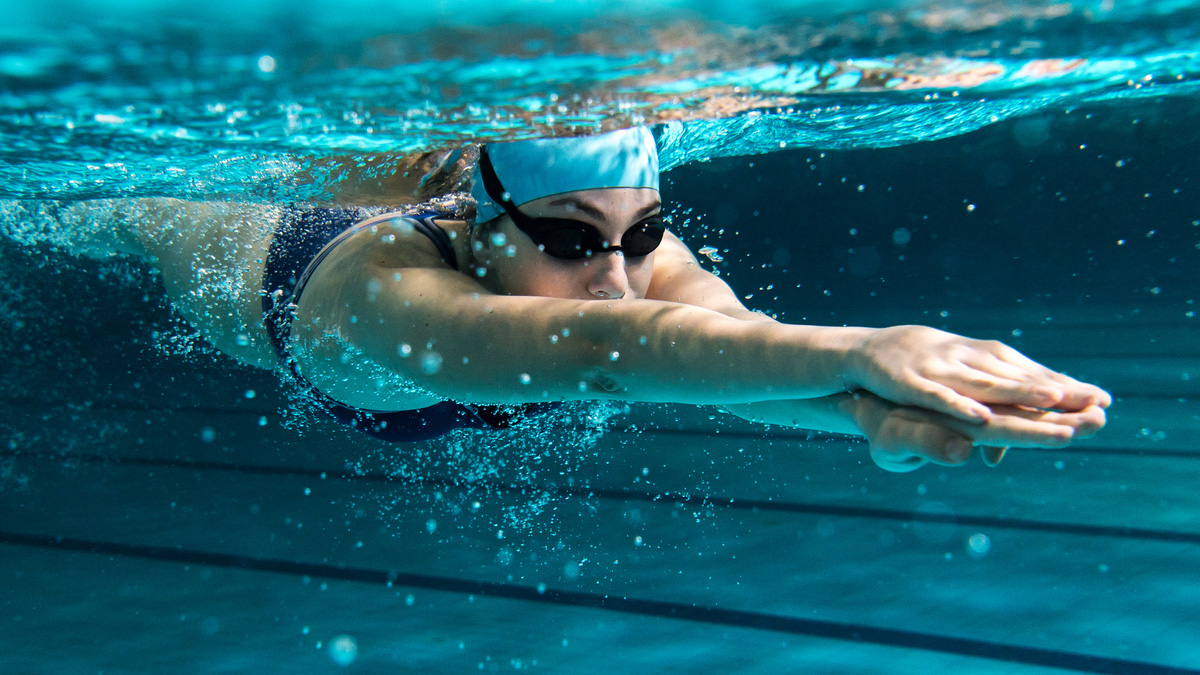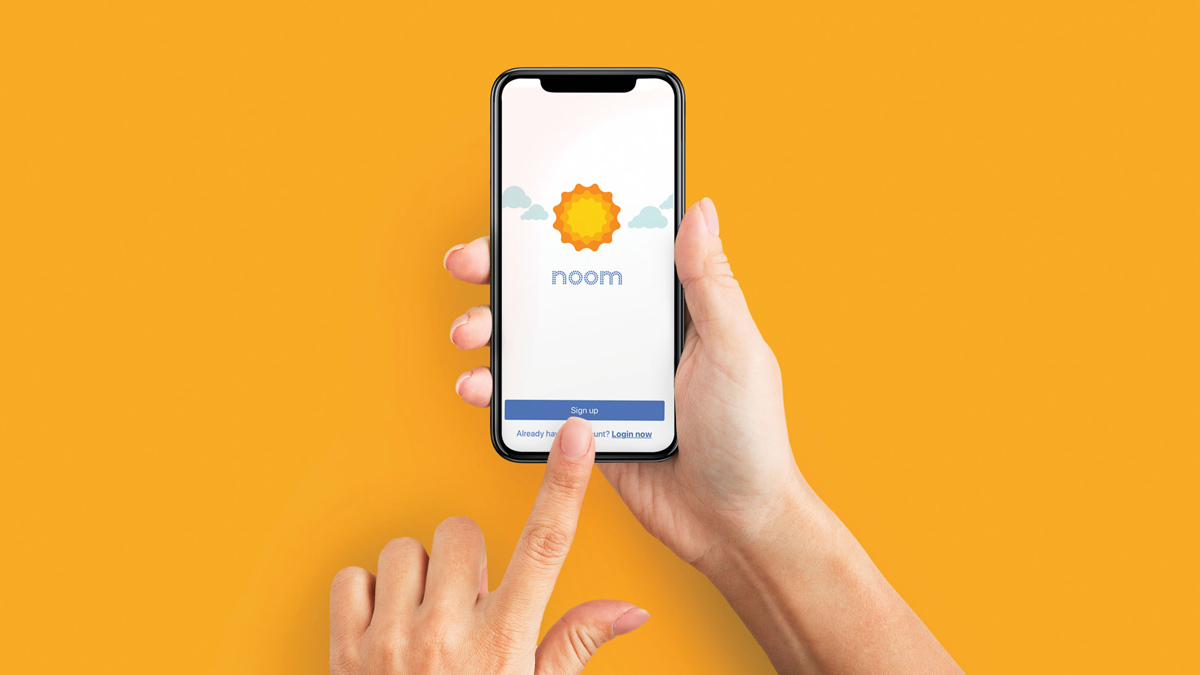Get our independent lab tests, expert reviews and honest advice.
How to buy the best swimming goggles

Walk into any retail outlet that sells swimming goggles and you’ll be faced with a sea of different colours, shapes and sizes. The packaging will bamboozle you with technological acronyms you’ve probably never heard of, such as TPE and TPR, but you do need to know what they mean if you want to choose the best goggles for you and your family.
On this page:
- Anti-fog lenses
- Moulded or fixed frame/adjustable frame
- Silicone/non-silicone eyecups or gaskets
- TPR (thermoplastic rubber) and TPE (thermoplastic elastomer)
- Cost
CHOICE no longer updates this product and maintains it for archival purposes.
Anti-fog lenses
The inner surface of anti-fog goggle lenses is coated with plastic additives during manufacturing to prevent condensation. If your goggles are not anti-fog or if their anti-fog coating has worn out, you can spray and smear the inside of the lenses with anti-fog solution, available at most sporting goods retailers. (If you want to do it the old-fashioned way you can always spit into the lenses, but make sure you rinse them before putting them on and diving into the water.)
Moulded or fixed frame/adjustable frame
Swimming goggles have either adjustable frames that consist of separate eyecups connected by adjustable and/or removable nosepieces, or moulded/fixed frames with non-adjustable nosepieces. Past tests carried out by CHOICE showed that moulded or fixed frame models tend to perform better overall.
Silicone/non-silicone eyecups or gaskets
The eyecups or gaskets have the most contact with your face and determine how comfortable and watertight the goggles are. Most of the higher-priced models have silicone eyecups. Some eyecups – typically those made with silicone – can be shallower than conventional ones, as we discovered during our last test when a few of our trialists reported that their eyelashes batted uncomfortably against the inner lenses.
TPR (thermoplastic rubber) and TPE (thermoplastic elastomer)
When you see TPR (thermoplastic rubber) or TPE (thermoplastic elastomer) on the goggles packaging, it refers to the synthetic material used to make the eyecup, which is a combination of plastic and rubber. Eyecups may also be made from polyvinylchloride (PVC), which is commonly found in the lower-priced goggles.
Foam goggles were once popular because they were comfortable and inexpensive. However, they don’t remain leak-proof for long – their watertightness and comfort levels decrease as the foam gets out of shape and deteriorates quickly from chlorine and sunlight. Advances in durable goggle technology have rendered the foam goggles defunct.
If you take good care of your goggles, they should last for years. Experts we spoke to say that rinsing out your goggles with tap water and storing them out of direct sunlight will prolong their effectiveness and lifespan.
Cost
Swimming goggles range in price from under $5 to over $50; past testing has found the models priced at around $20 give the best value for money with all the necessary features including watertightness, anti-fogging and durability.


